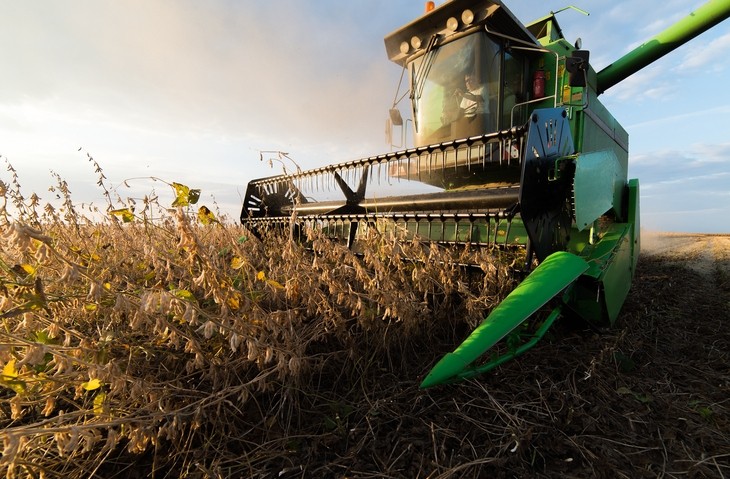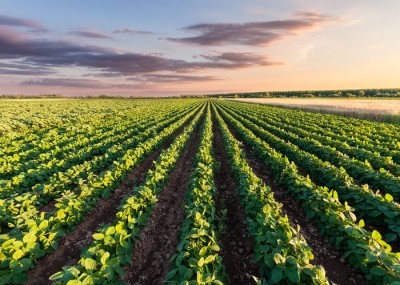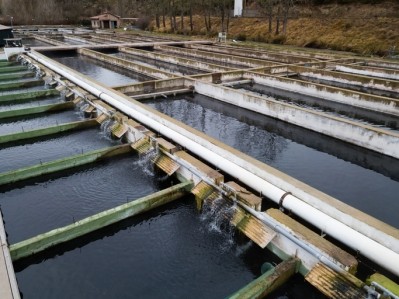US: Wisconsin sets sights on first soybean crush facility

The city was picked as the location by the developers after a multi-site feasibility study, but it was a project that was already of interest as a way to diversify the area’s economic base, said Kathy Schlieve, city manager and director of economic development for the City of Waupun.
The proposed $150m facility is being developed by WSBCP, LLC and the project is supported by the city and the Wisconsin Soybean Marketing Board.
“Agriculture and value-added ag was one of the sectors that fit with our strengths and we knew that was a sector we wanted to try and attract,” she told FeedNavigator. “There was a group that was interested in trying to bring a crush facility to Wisconsin – they looked at [several] sites and when they did their analysis and feasibility study – ours come out.”
Despite the announcement of the location, there are still several steps to complete before groundwork on the project can start, she said. This includes an upcoming air permit hearing later this week with Wisconsin Department of Natural Resources, which will be the next major milestone.
The development group has to know that it can permit a facility of this type in Wisconsin before the project can move forward, she said. “Then there is a variety of things that have to happen – finalizing investors and the local permitting process – but we see the next milestone as the next major thing we have to get through.”
If the permitting and development process goes smoothly, the goal is to have construction start in 2019 with the facility starting operations in 2020, the city said.
Soy production, demand and facility details
Wisconsin is the 12th largest soybean producers in the US, but is unable to process the soybeans grown in-state into soybean meal for animal feed, soy protein, or soy oil, the city said. Currently, in-state soybeans are sent out of state for processing then returned for use in animal production.
The initial plans for the soy facility call for it to be able to crush 33m bushels annually, and manage about 100 trucks a day and three train cars a week during off-peak times, said Schlieve. During harvest, the site would handle about 250 trucks a day.
The 66.5-acre site picked for the crush facility is located in an industrial park and has access to a rail line, she added.
Previously, there was a push to build a soybean crush facility in a different location in Wisconsin, but that was ultimately unsuccessful, she said. However, since that point, there has been an expansion in the amount of soybeans grown in the state.
There also has been an interest in expanding the economic opportunities in the area, which already has a strong agricultural focus, she said.
“In the private sector, we don’t have a lot of industry, but we have some but we have a strong agricultural community,” said Schlieve. The community has made “major investments” in the educational system for students in kindergarten through 12 grade and there is a charter school focused on agriculture and the environment, she added.
“There’s a definite upward trend in production, and the countries that produce the most [soybeans] fall along the 151 corridor, which flanks the eastern side of our city,” she said. The location of the high-producing counties and the transportation infrastructure played a role in the city being selected, she added.
“We’ve had a preliminary community discussion and community chats with the mayor and people showed up mostly in support of the project, some were curious and some with concerns – all opinions, but generally pretty favorable,” said Schlieve. “People recognize the importance of diversification and this could be a catalyst project. There’s no other facility like this in Wisconsin, and there are some supply chain options.”
The goal at this stage is to establish private funding for the project and have it domestically owned, she said, however, that process is still being completed. “There was a LLC that was formed that is the entity we’re working with and they’re finalizing the investor strategy,” she added.
When completed the facility also is expected to have a staff of 39 and an annual payroll of $2.2m, according to the city.









